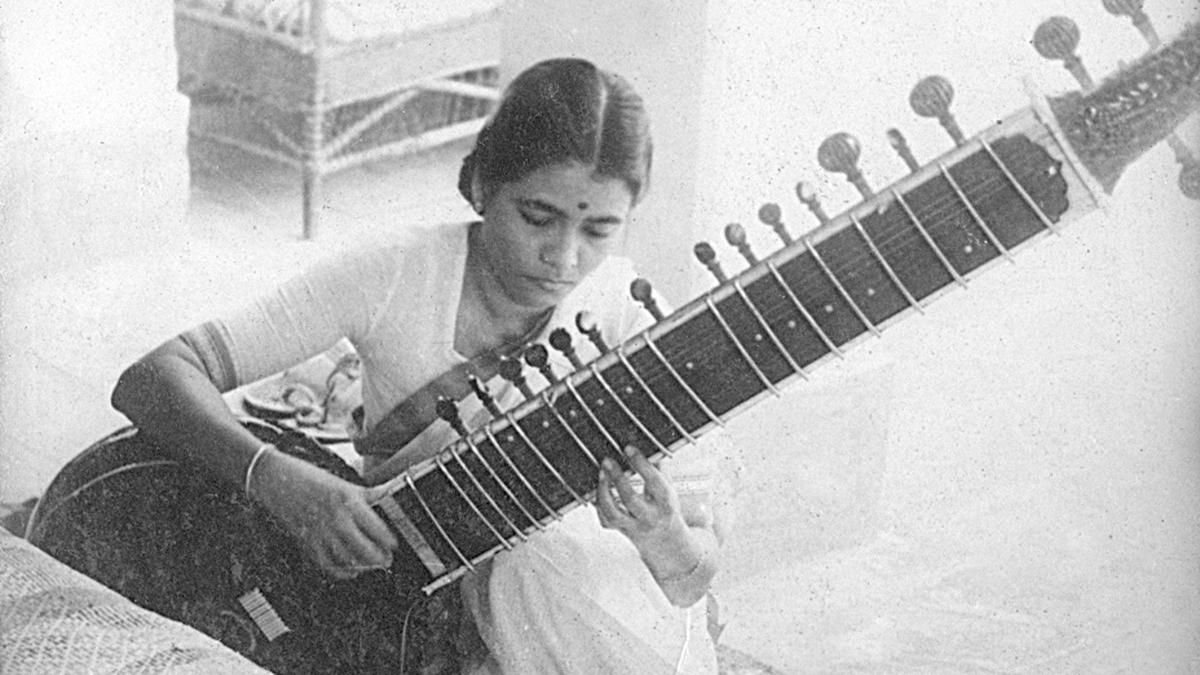The Enigma of Annapurna Devi Unfolded by Filmmaker Nirmal Chander
Annapurna Devi, a virtuoso of classical Indian music, lived a life shrouded in solitude, her story veiled in secrecy until recently. Filmmaker Nirmal Chander, who regrettably never met the reclusive musician, has brought her narrative to the screen not once, but twice. His films, ‘Guru Ma’ and ‘6-A, Akash Ganga’, produced for the Sangeet Natak Akademi and the Annapurna Devi Foundation respectively, provide rare insights into the life of a musical genius who chose a path of obscurity over fame.
Portraying Musical Majesty and Personal Trials
Born in 1927 in Maihar, Annapurna Devi was the daughter of Ustad Allaudin Khan, a stalwart of Indian classical music, who recognized and nurtured her exceptional talent from a young age. Her tumultuous marriage to sitar legend Pt Ravi Shankar marked a significant phase of her life, leading to her reclusive lifestyle. The film delves into her profound impact on the music world through her mastery of the surbahar—a deeper, more resonant relative of the sitar—capturing the hearts of those fortunate enough to hear her before she ceased public performances.
Legacy Through Lens: Annapurna’s Life and Teachings Captured on Film
Chander’s latest film ventures deeper, exploring Annapurna Devi’s personal life and her significant contributions to music through intimate accounts from her disciples and close associates. Despite her withdrawal from public life, her teachings and the ethereal quality of her music left an indelible mark on her students and the classical music landscape. The documentary highlights key moments, including her last public performance with Pt Ravi Shankar in 1955, and her unexpected yet final concert in Calcutta in the 1960s.
Beneficial Insights for the Audience
Viewers of the film gain a unique perspective on the challenges and triumphs faced by an artist who remained true to her principles, prioritizing spiritual fulfillment over commercial success. The narrative not only enriches our understanding of Annapurna Devi’s life but also serves as a poignant reminder of the purity of art in its most unadulterated form. It poses reflective questions about artistic integrity, the sacrifices for privacy and authenticity, and the preservation of a legendary legacy in the rapidly evolving cultural fabric of India. This exploration into Annapurna Devi’s life encourages a deeper appreciation for classical arts and provides valuable lessons on the personal costs and rewards of a life dedicated entirely to the pursuit of artistic perfection.
